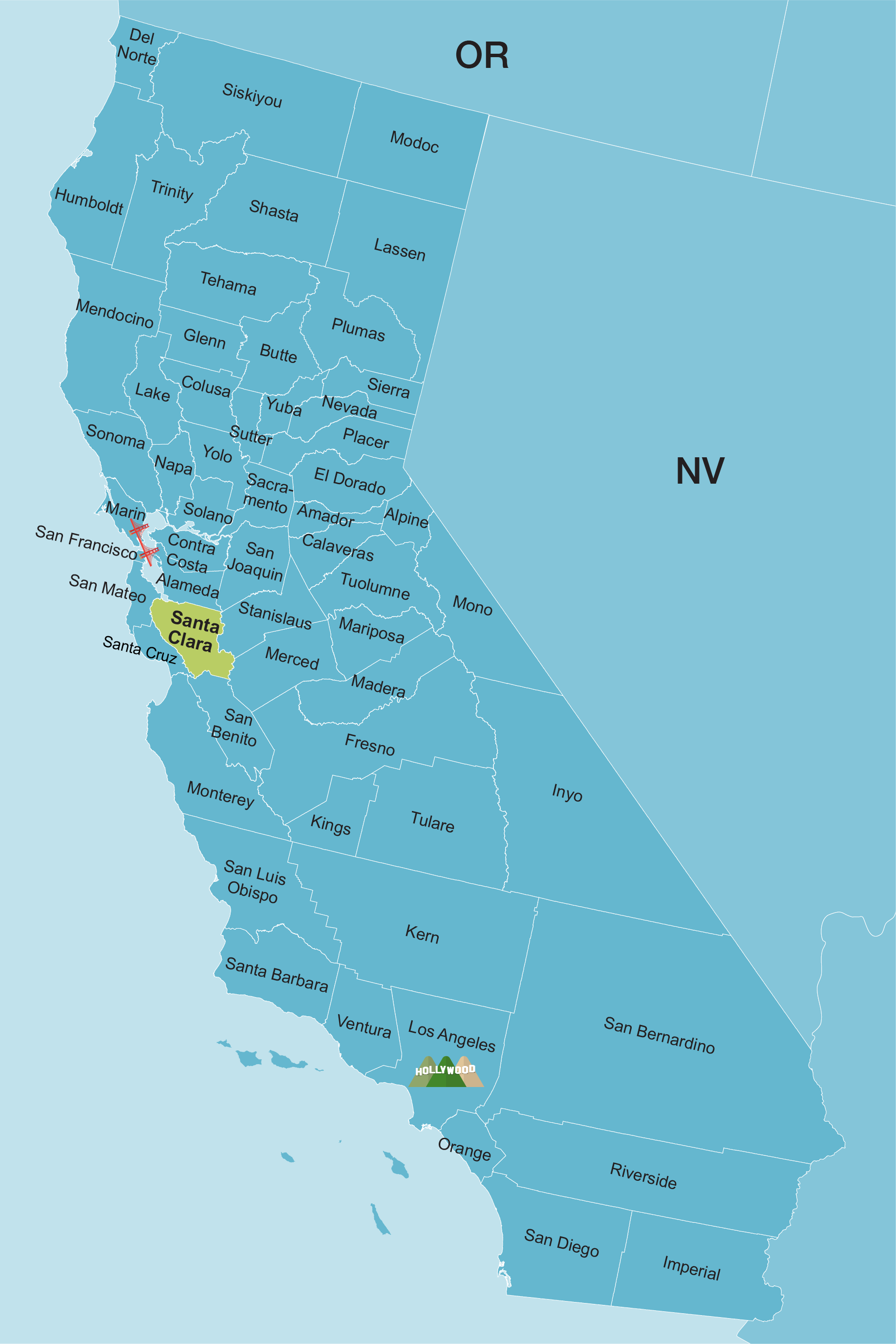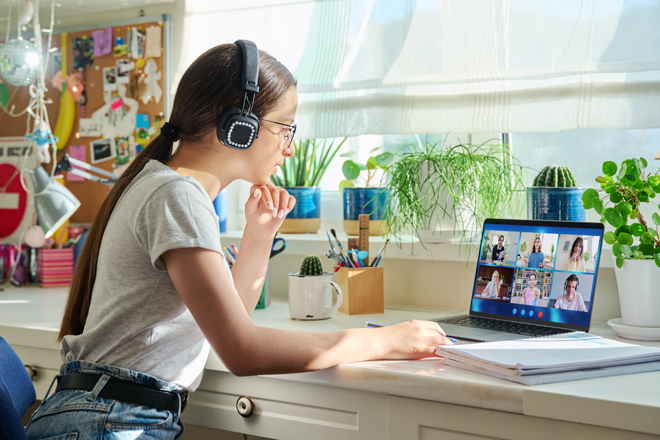
In fall 2022, the SRI research team worked with a student-led advisory group as part of our work with Santa Clara County Office of Education to assess the behavioral health needs of children and youth. This blog post, one in a series, provides the participating youth’s perspectives on conducting and learning from student focus groups.
S.W.A.G (Student Wellness Advisory Group) is a Santa Clara County-based organization consisting of around 20 student members between the ages of 14 and 25 who represent the diversity of county’s student body. Since early 2021, we have met monthly to advocate for youth wellness and mental health initiatives and provide guidance to the department of student health and wellness, with a goal to improve the mental health of students in the county. One of the many ways we do this is by engaging in safe, meaningful conversations through town halls and other events to gain a deeper understanding of mental health. By partnering with others through these events, we learn more about the mental health issues plaguing youth and other initiatives that could be beneficial in providing mental health support for students.
Recently, we held a Youth Town Hall in which students throughout the county met with S.W.A.G members for a series of focus groups on Zoom to discuss issues relating to student mental health and wellness in school. Our goal in hosting these focus groups was to create an open and safe space for students to share their thoughts on mental health and wellness to improve upon existing services and resources at their schools. As this important information would be collected and analyzed by the State of California and Santa Clara County to allocate funding for future projects, we focused on how we could host the focus groups in a way that would enable students to give their honest opinions.
We conducted two hour-long virtual (online) focus groups that were almost completely facilitated by S.W.A.G members, along with some support from adult allies (representatives from SRI who provided training, guidelines, and protocols to those helping facilitate each focus group). One focus group was with 8 student participants, and one was with 12. In these meetings, all participants were in one main Zoom room to discuss some central ideas. Then, the group split into two breakout rooms to hear individual stories and voices. We hoped that these smaller groups would help our peers feel more comfortable being open and honest.
What Was it Like Planning the Youth Town Hall?

A big part of planning the Youth Town Hall was our training to conduct the sessions. We were very lucky to have received guidance from the SRI team on how we could create a welcoming environment. First, each member of the S.W.A.G. committee was assigned one of four roles: main room facilitator, main room slide controller, main room chat monitor, and main room timekeeper. Additionally, each breakout room had its own facilitator, chat monitor, and timekeeper.
- Facilitator: Introduced and summarized the main ideas of the focus group, asked participants questions.
- Slide controller: Helped display the slides and assisted the facilitator with any QR codes.
- Chat monitor: Dropped any survey URLs into the chat box and typed out the questions asked by the facilitator.
- Timekeeper: Ensured that all the questions were asked in a timely manner.
After being trained by the SRI focus group experts, we conducted several practice runs. Practicing our roles and troubleshooting was a crucial part in the planning process. During these practice rounds, S.W.A.G. members had the opportunity to run through their role and clarify any questions that may have come up. We familiarized ourselves with the content, questions, and surveys we would share. Then, we discussed the positive and negative aspects of each practice focus group and brainstormed solutions to the problems that we came across. For example, a common issue we faced during the practice with the S.W.A.G. members was getting students to speak and share their thoughts. We concluded that if participants were hesitant to speak in the focus group, a S.W.A.G. member would step in to get the flow started. After the first focus group, we integrated more ice breakers and edited some of our questions in preparation for the second focus group. Ultimately, this detail-oriented practice and planning allowed us to overcome anticipated obstacles on the day of the focus group.
We also had to be prepared to guide participants to answer the questions without eliciting a biased response. We accomplished this by being present as well as being a part of the discussion. It was also important that the team was trained to maintain confidentiality as well as to ensure that we had permission from the participants to record their responses. This allowed us to create an open and safe environment for Youth Town Hall focus group members to share their opinions and ideas on mental health and wellness. This proved to be an important aspect of our town hall, as without these assurances we would not have been able to successfully gain an understanding of our participants’ opinions.
Another challenge we faced was gathering participants of a wide variety of different perspectives to paint the most accurate picture of the community’s views. Planning and coordination were key components to expanding advertisement of the Youth Town Hall to the entirety of Santa Clara County. However, publicizing the Youth Town Hall was one of the most difficult obstacles when preparing for this event. The Media, Arts, and Communications team at S.W.A.G. took charge of drafting the flier for advertisement. It took a lot of work behind the scenes to design an effective flier that would grab the attention of our target audience. Additionally, every S.W.A.G. member was involved in publicizing the event. We used a variety of promotion strategies such as using a mailing list, listing the flier on school newsletters, and coordinating with school clubs. Finally, as an incentive, students who participated in the Youth Town Hall earned community service hours.
What Did We Learn from the Youth Town Hall?
In conducting the focus groups, we considered how to answer these questions ourselves. This let us think more deeply about the issues presented. By creating a safe and open atmosphere to discuss mental health and advocacy with our fellow S.W.A.G members, we learned how to implement this sense of agency elsewhere in our lives and communities.
It is crucial for institutions to understand the mental health needs of students to allocate resources in the most effective way. This understanding is impossible without the student voice. Hearing the variety of answers and unique perspectives from others asserted that there are many different approaches to improving students’ mental wellness.
As a student mental wellness focus group, we are uniquely positioned to provide and facilitate the student perspective on these issues. By working together and being given a sense of ownership over the resources available to us, we are empowered to tackle the student mental health crisis. We strive to hear and value all voices and diverse experiences in this process, ensuring that our efforts are targeted and effective.
